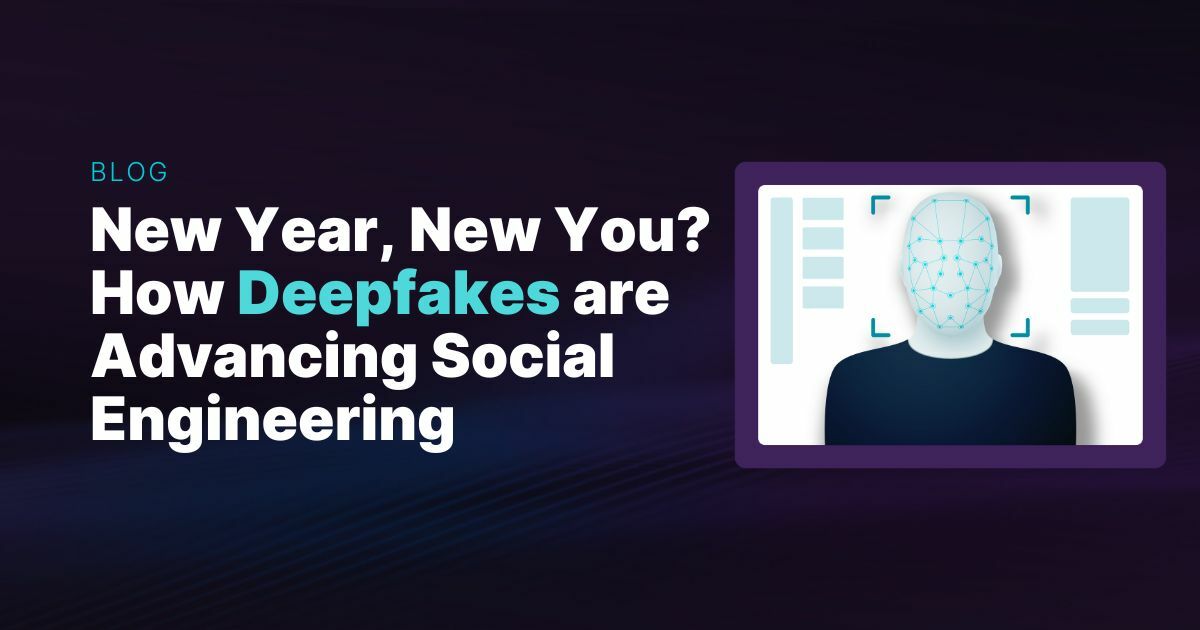Combatting Adversaries: Proactive Social Engineering & Network Testing
Explore how sophisticated social engineering techniques bypass traditional security controls, featuring insights from Bishop Fox security experts on realistic attack scenarios and practical defensive strategies.
This virtual session illuminates the importance of proactive social engineering defense and the key role of internal network testing in orchestrating a successful counteroffensive against cyberattacks. We've selected the best industry experts who will expose the harsh truth of cyber threats, particularly those sparked by the cunning craft of social engineering, that target all kinds of enterprises.
Session Summary
Bishop Fox's security experts—Alethe Denis, Ben Lincoln, Derek Rush, and Rob Ragan—provides a comprehensive examination of modern social engineering threats and effective defensive strategies. The discussion begins by establishing how social engineering has evolved from simple deception to sophisticated manipulation techniques that exploit fundamental human psychological triggers like authority, helpfulness, and reciprocity.
The panel highlights how traditional social engineering vectors have been supercharged by artificial intelligence, enabling attackers to create highly personalized, convincing content at scale. They share concerning examples including AI-generated voice cloning used in extortion schemes and the automated creation of targeted phishing content tailored to specific organizational contexts. These advancements are rendering traditional signature-based defenses increasingly ineffective, requiring organizations to develop new defensive approaches.
Through detailed attack scenarios, the experts demonstrate how seemingly minor social engineering successes can escalate into catastrophic incidents. In one scenario, they trace how a simple phishing email with a malicious macro can progress through privilege escalation and lateral movement to become a full-scale ransomware attack. The panel emphasizes that effective defense requires multiple layers—from preventing initial access through user training and technical controls to limiting damage through network segmentation and least privilege implementation.
The discussion also addresses the growing challenge of insider threats, which have increased 41% from 2021 to 2023. The experts explain that these threats come not just from malicious employees but also from unwitting insiders who have been manipulated through social engineering. They recommend robust data classification, strict access controls, separation of duties, and deception technologies like honey tokens to detect suspicious activities early.
Throughout the webcast, the panel emphasizes the importance of proactive testing through tabletop exercises, network penetration testing, and red team engagements. These activities help organizations identify weaknesses in their defenses and practice incident response procedures before real attacks occur. The experts conclude by explaining how different types of security testing—vulnerability assessments, penetration tests, and red team exercises—serve different purposes based on an organization's security maturity and specific needs.
Key Takeaways
- Social engineering exploits fundamental human psychology - Attackers leverage psychological triggers like authority, helpfulness, and reciprocity to manipulate victims into taking actions against their organization's interests.
- AI dramatically enhances social engineering capabilities - Machine learning enables highly personalized, convincing deception at scale, including voice cloning and contextually relevant content generation that bypasses traditional defenses.
- Attack chains often begin with simple social engineering - Major incidents like ransomware attacks frequently start with basic social engineering tactics before progressing through privilege escalation and lateral movement phases.
- Network segmentation is crucial for damage limitation - Implementing least privilege at the network level (microsegmentation) significantly reduces an attacker's ability to move laterally after initial compromise.
- Insider threats require multi-layered detection - Organizations should implement data classification, access controls, and deception technologies (honey tokens) to identify potential insider threats before significant damage occurs.
- Disaster recovery planning is essential - Organizations should maintain tested, air-gapped backups and regularly practice recovery procedures to ensure business continuity after security incidents.
- Security testing should match organizational maturity - Different testing approaches (vulnerability assessments, penetration tests, red team exercises) serve different purposes based on an organization's security maturity and specific objectives.


